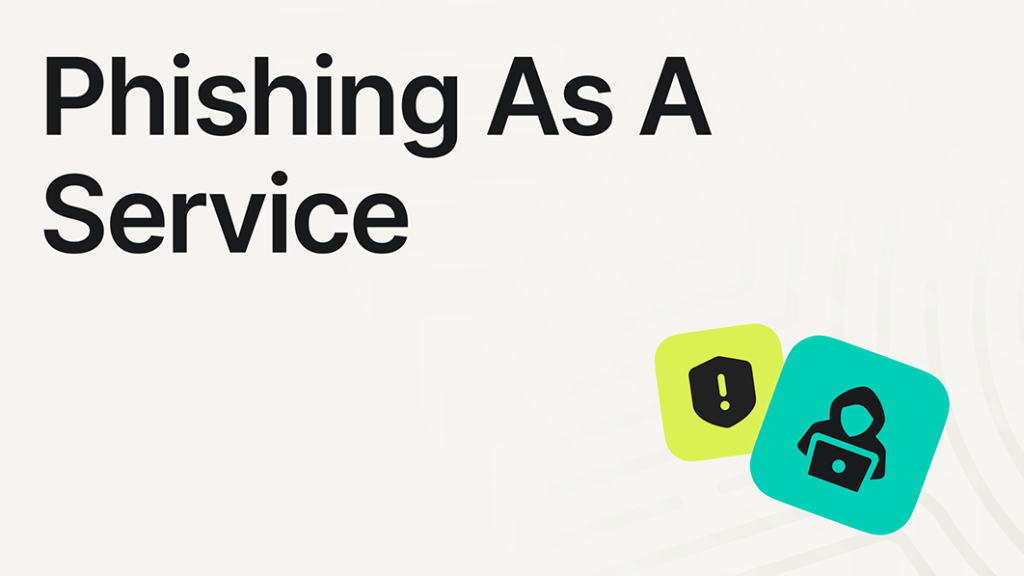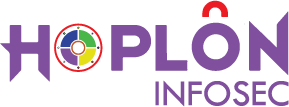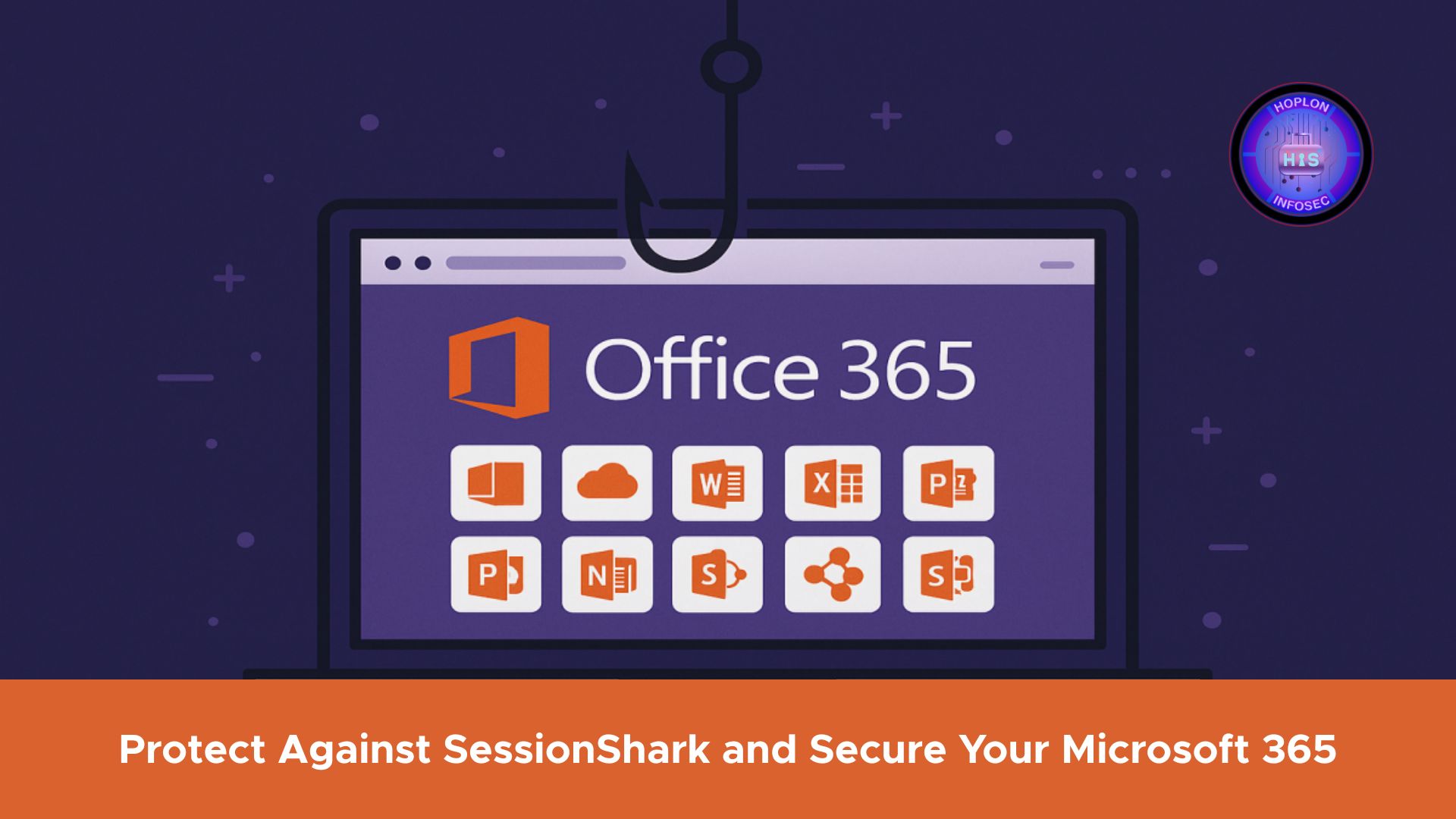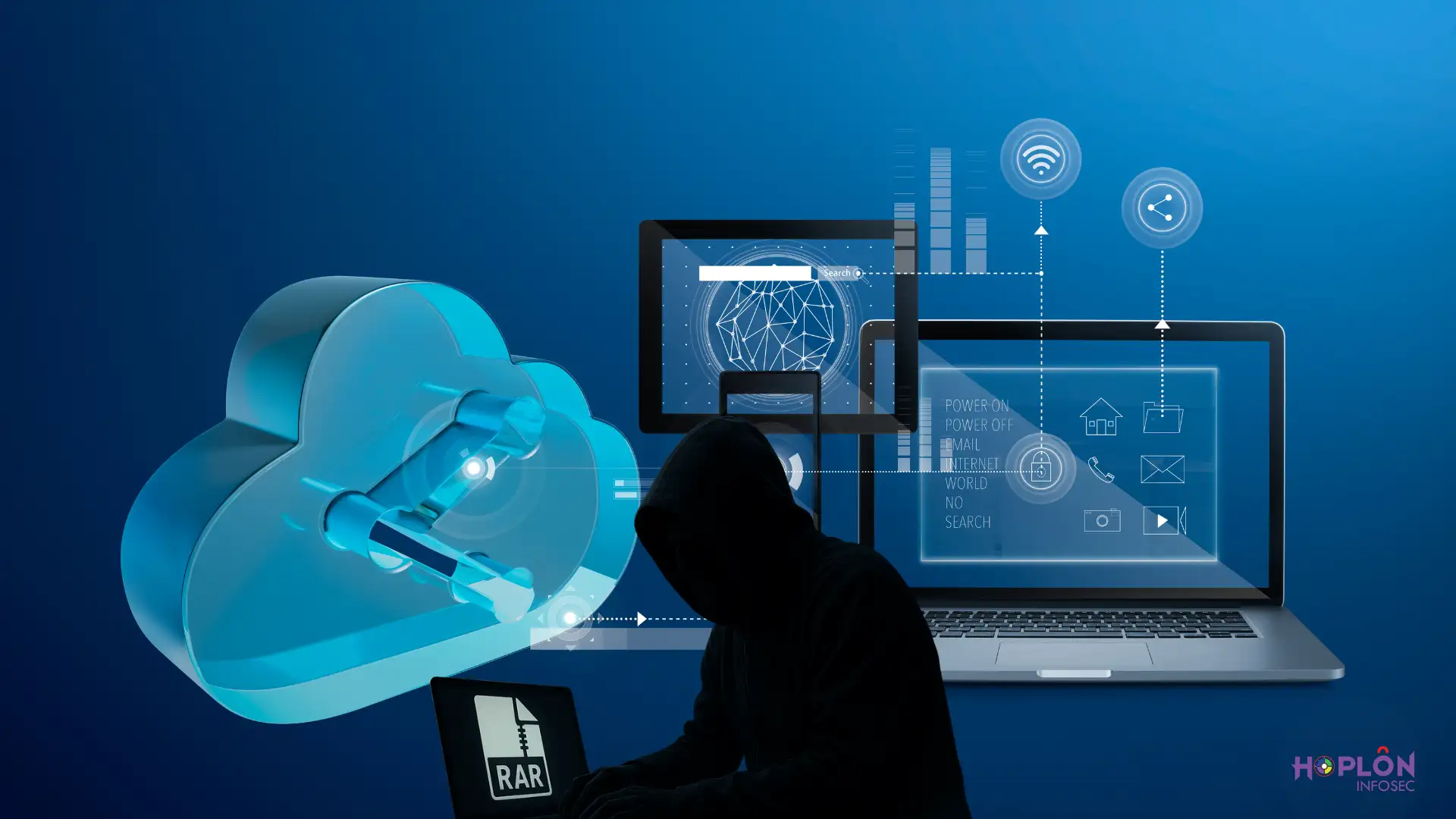In recent months, cybersecurity researchers have identified a powerful new phishing toolkit dubbed SessionShark, specifically engineered to defeat Microsoft Office 365‘s multi-factor authentication (MFA) safeguards. While MFA has long been heralded as a crucial line of defense against account takeover, SessionShark demonstrates that determined adversaries continue to innovate around these protections. By offering phishing-as-a-service (PhaaS) capabilities, this toolkit lowers the bar for entry, enabling even relatively unskilled threat actors to carry out sophisticated attacks on cloud-based business environments. In this deep-dive, we will explore how SessionShark operates, its advanced evasion techniques, the risks it poses to organizations, and the defensive measures security teams should adopt to stay ahead of this emerging threat.
The Rise of Phishing-as-a-Service

Phishing-as-a-service platforms have grown increasingly common on underground forums over the past two years. These turnkey offerings package everything an attacker needs, such as phishing pages, hosting infrastructure, analytics dashboards, and even customer support, into a subscription model that mirrors legitimate software. SessionShark represents the latest evolution in this commercial ecosystem:
- It markets itself explicitly as a way to bypass MFA protections.
- It targets one of the world’s most widely used productivity suites: Microsoft Office 365.
- It provides a user-friendly interface and step-by-step guidance, reducing the technical expertise required to launch an attack.
By lowering the technical barrier, SessionShark effectively democratizes high-end phishing capabilities. An attacker no longer must create custom code or develop sophisticated hosting workarounds; the PhaaS operator handles those details, leaving the subscriber free to focus on harvesting credentials.
Anatomy of a SessionShark Attack
Step 1 – Crafting Convincing Phishing Pages
At the heart of every successful phishing campaign lies the fake login page. SessionShark delivers:
- Highly realistic replicas of Microsoft’s sign-in interfaces that adjust dynamically to different browser types, languages, and device form factors dramatically increase their realism.
- Adaptive content that can present additional security prompts or notifications exactly as a legitimate Microsoft page would, further reducing user suspicion.
These pages are hosted on infrastructure designed to look benign. Through native compatibility with Cloudflare services, the attacker can mask the site’s true origin and benefit from content-delivery optimizations.
Step 2 – Stealing Session Cookies
Once a user enters credentials, the phishing page silently captures not only the username and password but also the session cookie, the digital token that Office 365 issues once MFA is completed. Because the cookie itself represents an authenticated session, possessing it allows the attacker to bypass the one-time passcode requirement altogether.
Step 3 – Evasion of Automated Defenses
SessionShark incorporates multiple layers of anti-detection techniques:
- Human verification gates screen out security scanners and automated research bots by presenting simple challenges or behavioral tests.
- Custom HTTP headers and obfuscated JavaScript prevent signature-based threat-intelligence feeds from recognizing known phishing patterns.
- Dynamic behavior changes that cause the page to behave like a legitimate site if specific detection heuristics are triggered.
Together, these measures ensure that corporate security tools such as email gateways, web filters, and threat-intelligence platforms are far less likely to flag a phishing site.
Step 4 – Real-Time Attacker Notification
As soon as a victim submits information, SessionShark’s backend logging system springs into action. Through integrated Telegram-bot notifications, the attacker receives:
- The user’s email address
- The harvested password
- The session cookie
This near-instantaneity allows the attacker to assume control of the account within seconds, often before incident-response teams can detect anomalous behavior.
Why SessionShark Marks a Concerning Escalation

SessionShark’s design and marketing represent a significant step forward in the commercialization of cybercrime tools. Key factors include:
- Subscription-based access mirroring legitimate SaaS models makes sophisticated phishing affordable.
- “Educational purposes” disclaimers provide a veneer of deniability, even as the toolkit is purpose-built for malicious use.
- Dedicated support channels ensure that even non-technical criminals can ask questions and resolve issues.
This convergence of usability, affordability, and plausible deniability is driving a surge in phishing campaigns that can defeat MFA, previously considered the gold standard for account security.
Implications for Organizational Security
Organizations that rely solely on MFA to protect Office 365 and other cloud services now face a dangerous blind spot. To address the threat posed by SessionShark and similar AiTM (Adversary-in-The-Middle) toolkits, security teams must adopt a layered defense strategy:
1. Advanced Phishing Detection Solutions
Deploy specialized AiTM-aware detection tools that analyze login flows for indications of session cookie theft or proxying activity. These solutions use behavioral analytics to distinguish legitimate authentication from man-in-the-middle interception.
2. Continuous Session Monitoring
Implement systems that monitor session lifetimes, geolocations, device fingerprints, and anomalous access patterns. Automated alerts should flag cases where a valid session cookie is replayed from an unusual IP address or device.
3. Zero-Trust Access Architectures
Move beyond perimeter-based security models. Enforce least-privilege access controls and require re-authentication or step-up verification for sensitive actions, even within an active session.
4. User Education and Phishing Drills
Regularly train employees on the evolving tactics of phishing toolkits. Simulated phishing exercises should include AiTM-style pages that mimic real MFA prompts, teaching users to recognize subtle red flags.
5. Incident Response Preparedness
Develop runbooks specifically for AiTM-bypass incidents. Ensure that security operations teams can rapidly revoke compromised session tokens, force password resets, and isolate affected accounts.
The Road Ahead Adapting to an Evolving Threat Landscape
As long as phishing remains profitable, adversaries will continue to refine their toolkits. SessionShark is unlikely to be the last PhaaS offering capable of undermining MFA. Security teams must therefore:
- Stay informed about new phishing services emerging on underground forums.
- Collaborate with threat intelligence vendors to share indicators of compromise and attack methodologies.
- Invest in research and development of proactive defenses, such as decentralized identity models and hardware-backed authentication.
Ultimately, defending against MFA bypass requires a holistic approach combining cutting-edge technology, robust policies, and an informed workforce. By understanding the mechanics of toolkits like SessionShark and implementing multi-layered safeguards, organizations can raise the bar for attackers and reduce the risk of account takeover.
Conclusion
SessionShark illustrates a sobering reality: multi-factor authentication, while essential, is no longer a silver bullet. The rise of phishing-as-a-service platforms that incorporate session-cookie theft and advanced evasion techniques demands an evolution in defensive strategy. Organizations must adopt layered protections, advanced detection, continuous monitoring, zero-trust principles, and user education to counter these sophisticated threats effectively. By doing so, they can preserve the integrity of their cloud environments and stay one step ahead in the ongoing arms race against cyber adversaries.




